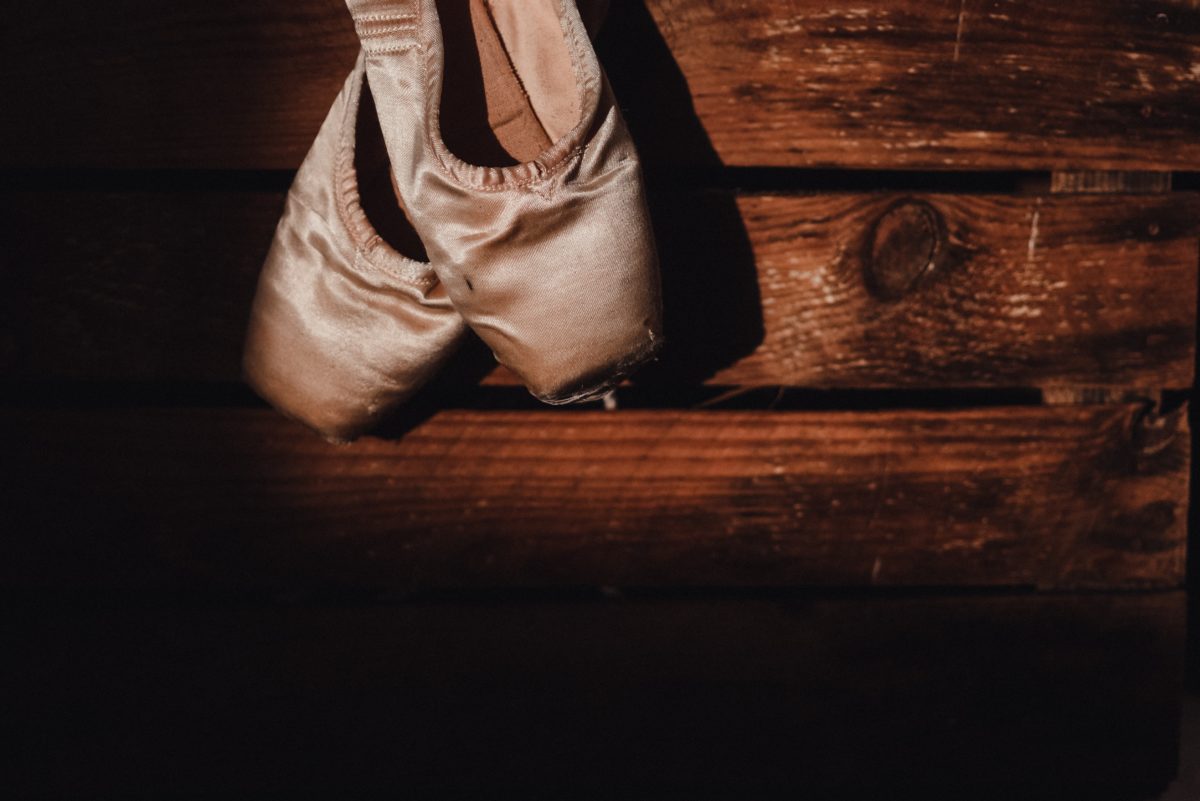Suite 3, Ground Floor, The Gateway,
312 St Kilda Road, Southbank, VIC, 3006
THE HISTORY OF THE POINTE SHOE

THE HISTORY OF THE POINTE SHOE
Ballet has constantly evolved we see this in the quintessential symbol of ballet – the pointe shoe. From heels, to darned slippers to the block shoe of today, ballet shoes have changed significantly over the centuries. Let’s get to the point-e
Courtly Dance – In Heels!
Ballet found its feet the Renaissance courts if Italy as noblemen and women were treated to lavish spectacles of music and dance. When Italian Catherine Medici, married King Henry II of France in the 16th century she introduced these elaborate events to the French courts. A century later, mega-ballet enthusiast King Louis XIV, (renowned for his own dancing talent) founded the first Western dance institute, the Académie Royale de Danse.
The dancers, dancing in ballrooms, wore layers of brocaded costuming, fantastic to look at, limiting to dance in. On their feet were dancing shoes with heels and a pointed toe and just as restrictive as the clothes they wore.
New Professionals and Flat Shoes
As Ballet grew into a profession, dancers continued wearing the heeled slipper but it wasn’t long until the heel was given the flick. In 1726, Marie Carmargo debuted at the Paris Opera Ballet and introduced the entrechat. Heels did not make this step easy. Unconfirmed rumours claim she was the first dancer to take the heels off the slippers in order to help her to perform the complicated jumps. The heel-less shoe definitely took off. Dancers found they could articulate and use the whole foot. The 18th century dance shoes looked a little like a demi-pointe shoe of today with tied ribbons to secure the shoe to the foot and pleated under the toes for a better fit, enabling jumps and technique to become a more intricate and complex.
Dancers Take Flight
Dancers and audiences are always after the next great thing. In 1795 it was the “flying machine” by Charles Didelot. This rope and pulley system essentially pulled the dancers upwards onto their toes. Skimming the floor, the dancers appeared weightless. Audiences loved it, so choreographers began to include ‘en pointe’ work into their dance.
The Ethereal Sylph
In the early 19th Century, technical skill increased and with it the desire to dance on toes without wires. Enter Marie Taglioni. Though not confirmed, Taglioni is attributed to be the first dancer to dance an entire full length ballet (La Sylphide, 1832) en pointe. Her shoes were nothing like what dancers of today dance in. Soft, flat slippers, with leather soles, they were heavily darned at the sides and toes by the dancer themselves. The shoes offered no support so pointe work was brief rises to pointe.
Making a Pointe of It
As pointe work became a vital part of ballet choreography and the choreography more challenging, the dancer needed more support. Layered fabric replaced the darned toe and the sole was stiffer and stronger. In the early 20th century Anna Pavlova, created ballet ballet history with her dancing and her new shoe. With her high arches and narrow tapered feet, Pavlova needed extra support in her shoe. She added tough leather soles into her shoes and flattened and hardened the toe area forming a box. The predecessor of the modern pointe shoe was designed.
The Shoe of Today
Dancers now spend more time en pointe than their predecessors. The gravity defying balances, dizzying pirouettes, complex jumps and quick footwork mean the dancer needs to find a balance between support, articulation and flexibility. Anna Pavlova’s shoe has been modified with two main features: a solid box with a flat front end encasing and supporting a dancer’s toes to allow for balance and pirouettes, and the shank of rigid material stiffens the sole, providing arch support for a foot en pointe.
These days a dancer has a large number of pointe shoe choices available and their own technique of breaking in a shoe to ensure it is perfect for them.
If you are about to go en pointe or have any questions regarding your shoes and their fit, get in touch with one of dance physiotherapists for a Pre Pointe Assessment or Pointe Shoe Review.
You can book online here or you can call our amazing Client Experience Team on 03 9686 2373
[button link=”http://bit.ly/bookhaydeepointe” type=”big” color=”purple”] Book Online Now[/button]

